Forgotten? Though I can rarely attend their dinners (in Birmingham), I am a proud member of the Buckland Club (motto: Semper in ventrem aliquid novi). Dedicated to the memory and gastronomic exploits of Francis Trevelyan (Frank) Buckland (1826–1880), the Oxford-born surgeon, natural historian and popular writer who aspired to eat a member of every living animal species, the Club’s repasts are unfailingly interesting, if seldom so ambitious.
Frank’s penchant for zoöphagy came from his father, William (1784–1856), a Canon and Dean of Christ Church, where he served up delicacies such as mice on toast, pickled horse tongue, puppies, hedgehog, crocodile and bear. The travel writer Augustus Hare is the source of the oft-repeated tale that while visiting Nuneham Courtenay, William was shown a relic — the heart of the French king Louis XIV, housed in a silver casket:
Dr Buckland exclaimed: ‘I have eaten many strange things, but have never eaten the heart of a king before,’ and, before anyone could hinder him, he had gobbled it up… He used to say that he had eaten his way straight through the whole animal creation, and that the worst thing was a mole — that was utterly horrible.
Frank’s best biographer, G.H.O. Burgess, said William later recanted, as he hadn’t at the time tasted bluebottle.
They lived in Tom Quad, with William’s menagerie of free-range guinea pigs, a bear, a jackal and a monkey or two. Frank caught the personal zoo bug, and as a scholar at Winchester trapped mice and rats, teaching himself anatomy by dissecting them, and only sometimes eating them — though there were complaints about the smell of the dead cat he was keeping under his bed. While still at school he became adept at securing human remains for dissection from the local hospital, though no one has suggested he nibbled any of these. Although not a brilliant student, he was admitted to the House in 1844 and got a degree on his second attempt in 1848; studied surgery at St George’s Hospital, becoming MRCS in 1851; and in 1854, joined the 2nd Life Guards as assistant surgeon until 1863. While at St George’s he had a regular supply of carcasses from London Zoo.
Following the 1859 ‘Eland Dinner’ organised by a friend, Frank set up the Acclimatisation Society, whose aim was to introduce new sources of food, as had been done centuries earlier with turkey and pheasant. In 1862 he gave dinner to 100 guests with a menu of sea slugs (or sea cucumbers, as they’re called in Chinese restaurants), kangaroo and three birds: guan, curassow and Honduras turkey. At home at 37 Albany Street with Hannah (whom he couldn’t afford to marry until 1853, following the birth of their shortlived son ‘Physie’ in 1851), guests were treated to boiled elephant trunk, rhinoceros pie and porpoise head.
I first came across Frank Buckland in a wonderful 1980 book, The Heyday of Natural History, about popular Victorian writers, an early work by the eminent journalist Lynn Barber, who quoted him saying: ‘A roast field mouse — not a house mouse — is a splendid bonne bouche for a hungry boy.’ Apart from his bizarre diet, Frank was notable because of his interest in pisciculture. He spent much of his life (and caught a lot of colds and worse) collecting fish, especially salmon, showing how the ova could be hatched, and becoming Inspector of Salmon Fisheries in 1867. He deserves to be remembered if only for his prescience in seeing how important fish farming was going to be.
But he was a man of his times — and in one sad respect, behind them. In his annoyingly chatty, too often first-person new book, The Man Who Ate the Zoo, Richard Girling calls him a ‘creationist’. The reader will have already noticed the chief dates of Frank’s deeds and wondered what he made of Darwin’s 1859 The Origin of Species? The dire answer: for all his entertaining aspects, and the good he did with regard to aquaculture, Frank was bedevilled by anti-Darwinian, almost infantile Christian beliefs that undid him as a scientist. His earlier biographers, the first a contemporary who seems to have adored him, George C. Bompas (1888), and G.H.O. Burgess in his 1967 The Curious World of Frank Buckland, could not have anticipated the creationist trap the late 20th century would set to discredit poor Frank and make his piety look so foolish.
Girling’s book is full of juicy quotations. He has read widely and ‘corrected’ a few facts. But excepting the good index, there is no apparatus, and bar the occasional source mentioned in the text, no references to check his accuracy or even to read further. That’s a great shame. So long, and thanks for all the fish.
The post Rhinoceros pie, anyone? appeared first on The Spectator.
Got something to add? Join the discussion and comment below.
Get 10 issues for just $10
Subscribe to The Spectator Australia today for the next 10 magazine issues, plus full online access, for just $10.
You might disagree with half of it, but you’ll enjoy reading all of it. Try your first month for free, then just $2 a week for the remainder of your first year.

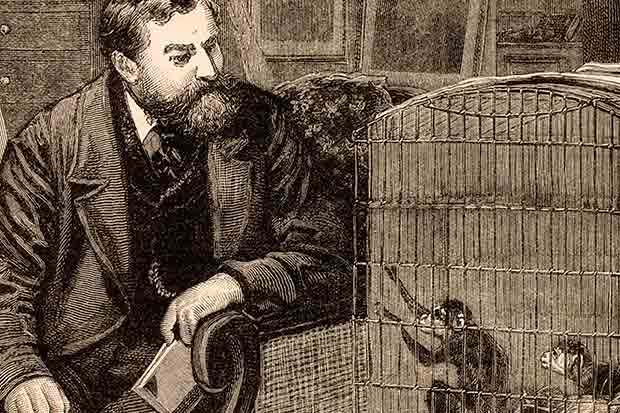
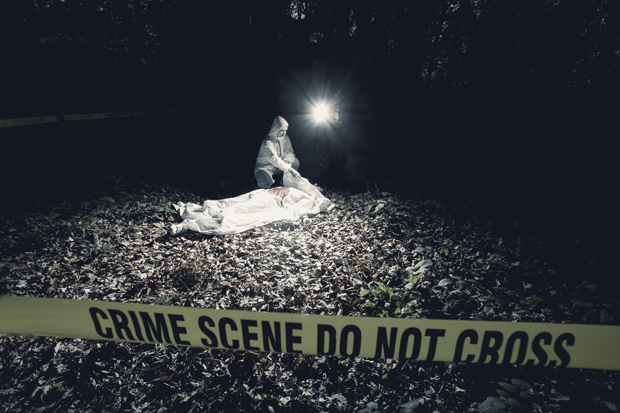
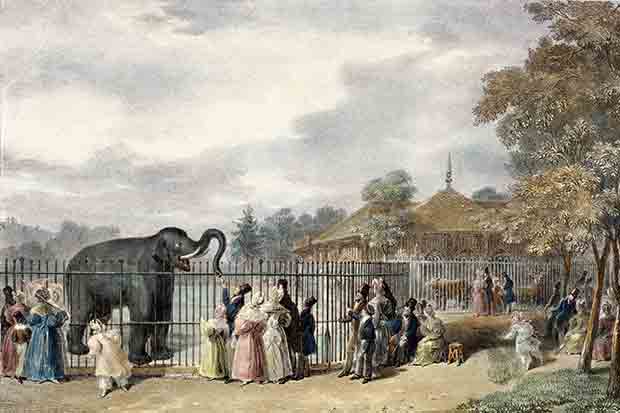
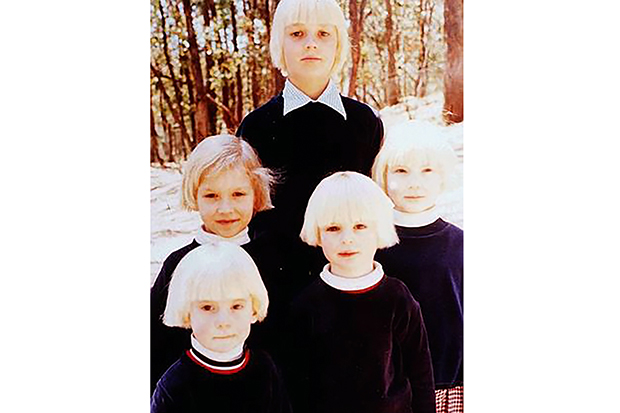
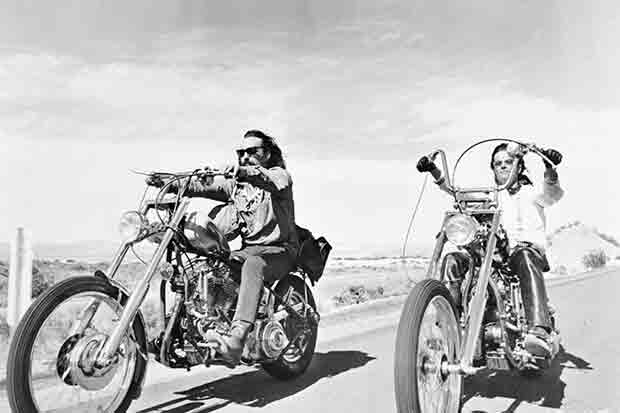

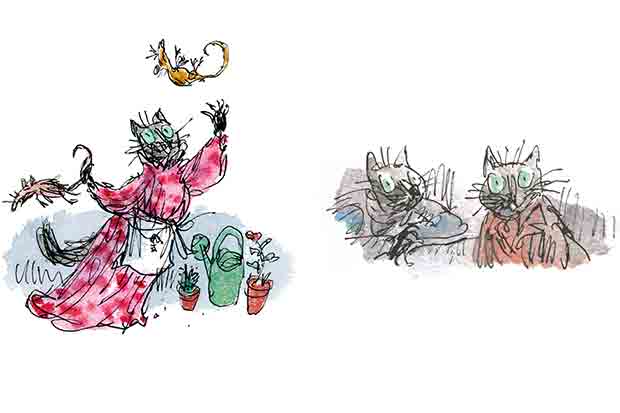






Comments
Don't miss out
Join the conversation with other Spectator Australia readers. Subscribe to leave a comment.
SUBSCRIBEAlready a subscriber? Log in